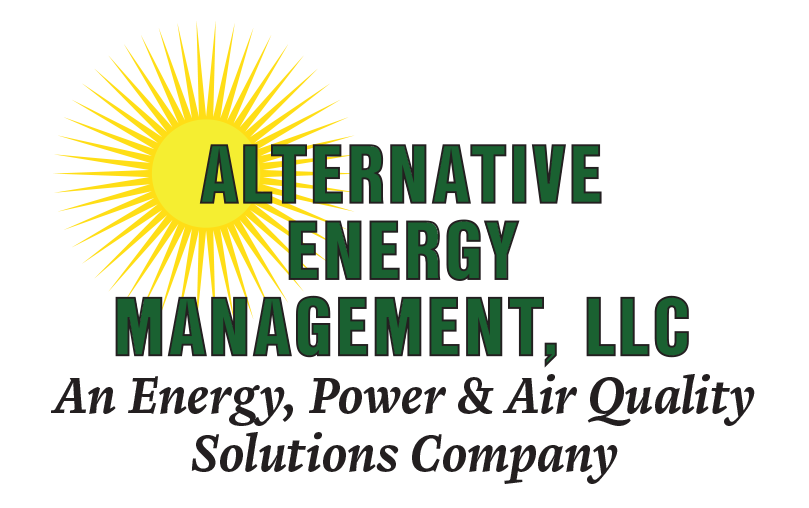Rebate Evaluations and Assistance
Many Electric and Gas Utilities have programs for their commercial and industrial customers that provide incentive rebates for the implementation of qualifying energy saving projects.
While these programs are extremely helpful in encouraging their customers to upgrade their systems to more efficient solutions, each utility has different rules and qualification methods that need to be followed to guarantee that the projects implemented will receive rebates.
We will work closely with your utility companies to provide the required services to bring these incentives to our customers.
Energy star programs
Features of ENERGY STAR qualified new homes include: Effective Insulation. High-Performance Windows, Tight Construction and Tight Ducts Energy-Efficient Heating and Cooling Equipment
national Industrial Technology Programs
(ex. VA, = large Commercial customers & homes.) Energy savings list and procedures, working with DOE, BUT no Cash Rebates.
Solar, Clean Coal, and national Biofuels initiatives
The following is placeholder text known as “lorem ipsum,” which is scrambled Latin used by designers to mimic real copy. Nullam sit amet nisi condimentum erat iaculis auctor. Lorem ipsum dolor sit amet, consectetur adipiscing elit. Aliquam bibendum, turpis eu mattis iaculis, ex lorem mollis sem, ut sollicitudin risus orci quis tellus. Maecenas non leo laoreet, condimentum lorem nec, vulputate massa. Vivamus sit amet semper lacus, in mollis libero.
Federal Tax Benefit Qualification
The Energy Policy Act of 2005 set a precedent by containing a market changingincentive in the form of a tax deduction for owner'sinvestments in their commercial building's energy efficiency. The deduction is equal to energy-efficiency commercial building property expenditures made by the taxpayer, subject to a cap. The deduction is limited to an amount equal to $1.80 per square foot of the property for which such expenditures are made, in the year which the property is placed in service. For tax purposes, "placed in services" generally means the time at which the property is ready for intended use.
Certain certification requirements must be met in order to qualify for the deduction, and restrictions on the per square foot deduction include that the efficiency upgrades be part of the interior lighting systems, heating, cooling, ventilation, hot water systems or the building envelope itself.
The Energy Improvement and Extension Act of 2008 was passed by Congress as part of the $700 Billion financial bailout plan. For a complete summary of the bill see: http://www.finance.senate.gov/sitepages/leg/LEG%202008/091708%20Staff%20Summary%20of%20the%20Energy%20Improvement%20and%20Extension%20Act.pdf. Here is the summary of the provision which could potentially benefit homeowners:
§ 302 Extension & Modification of Credit for Energy-Efficiency Improvements to Existing Homes:
The bill extends the tax credit for energy-efficient existing homes for 2009 under Section 25C, and includes energy-efficient biomass fuel stoves as a new class of energy efficient property eligible for a consumer tax credit of $300. The proposal also clarifies the efficiency standard for water heaters. AUDIENCE: Consumers – Residential Homeowners
See IRS form 5695 http://www.irs.gov/pub/irs-pdf/f5695.pdf . Taxpayers should consult their tax professional or accountant for how the PowerwoRx e3 can qualify for the Tax Credit and how much of the purchase price and installation costs apply.
Neither Alternate Energy Management, LLC nor EcoTrust Energy make any claims regarding an individual’s ability to receive a tax credit.
Ready Yet?
We are.





